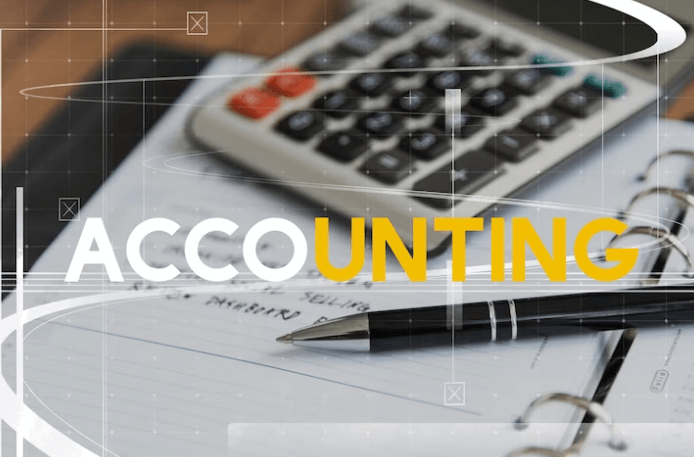Managed funds are a popular choice among investors who want to grow their wealth while minimizing the time and effort they need to spend on investment decisions. With a managed fund, you entrust your money to a professional investment manager, who is responsible for investing your money in a portfolio of assets, such as stocks, bonds, or real estate, to generate returns.
However, with so many managed funds to choose from, how do you select a great one? Here are some tips to help you choose a managed fund that is right for you.

Consider your investment goals
The first step in choosing a managed fund is to identify your investment goals. Are you saving for a down payment on a home, retirement, or another major purchase? How much risk are you willing to take on to achieve your goals? Do you need your investment to generate regular income, or are you comfortable with a long-term investment? Answering these questions will help you determine which type of managed fund is best for you.
Check the investment management company’s track record
The investment management company behind the managed fund is just as important as the fund itself. A well-established investment management company with a long history of success and a solid track record is a good sign that the managed fund is well-run and has a good chance of generating returns. Before investing, research the investment management company and its track record, including its past performance, assets under management, and any regulatory actions or penalties.
Look at the fund’s investment strategy
It is essential to understand the investment strategy of the managed fund you are considering. What types of assets does it invest in? What is its investment philosophy, and how does it generate returns? Understanding the fund’s investment strategy will give you a better idea of the risks and potential rewards associated with the fund.
Consider the fees
Managed funds charge fees, which can eat into your returns over time. Before investing, review the fee structure of the managed fund and compare it to similar funds. Some managed funds charge a management fee, which covers the cost of running the fund, and others may charge a performance fee, which is based on the returns generated by the fund.
Consider the total cost of the fund, including both the management fee and any performance fees, and make sure you are comfortable with the level of fees before investing.
Review the fund’s performance history
Finally, take a close look at the managed fund’s performance history. A fund’s past performance is not a guarantee of future success, but it can provide insight into how the fund has performed over time. Look at the fund’s returns over the past few years and compare them to similar funds. Consider factors such as the fund’s volatility, consistency, and risk-adjusted returns.
In conclusion, choosing a great managed fund requires careful consideration of your investment goals, the investment management company’s track record, the fund’s investment strategy, fees, and performance history. By taking the time to research and understand these factors, you can increase your chances of selecting a managed fund that meets your needs and helps you achieve your investment goals.
Additional:






















